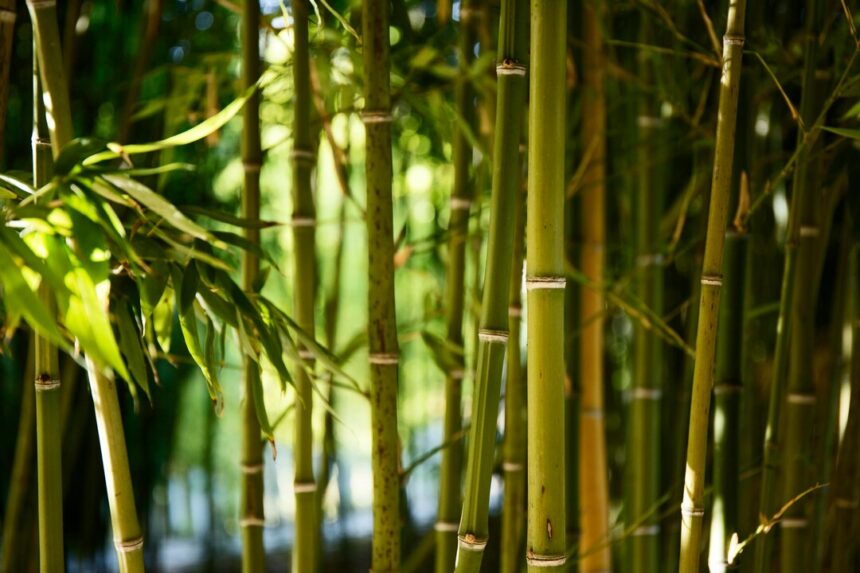Bamboo, with its versatility and sustainability, holds significant potential for economic growth and environmental conservation in South Africa. From its use in construction and manufacturing to its culinary applications, bamboo offers a wide range of opportunities for farmers and entrepreneurs. In this article, we’ll explore techniques for enhancing the quality and yield of bamboo, focusing on both fiber and shoots, to maximize productivity and profitability in South Africa.
Understanding Bamboo Cultivation:
Bamboo belongs to the grass family and is known for its rapid growth and versatility. In South Africa, bamboo cultivation primarily focuses on two main varieties: Bambusa balcooa and Phyllostachys aurea. While B. balcooa is prized for its high-quality fiber, P. aurea is cultivated for its edible shoots. Successful bamboo cultivation requires careful attention to soil, climate, water, and management practices.
Techniques for Enhancing Quality and Yield:
1. Soil Preparation:
- Choose well-drained, fertile soil with a pH level between 5.5 and 7.5 for optimal bamboo growth.
- Incorporate organic matter such as compost or manure into the soil to improve fertility and structure.
- Conduct soil tests to determine nutrient levels and adjust fertilizer applications accordingly.
2. Variety Selection:
- Select bamboo varieties that are well-suited to the local climate and soil conditions.
- Choose varieties known for their high fiber content and shoot production, such as B. balcooa and P. aurea, respectively.
- Consider factors such as growth rate, disease resistance, and market demand when selecting bamboo varieties for cultivation.
3. Propagation:
- Propagate bamboo through seeds, rhizome divisions, or culm cuttings, depending on the desired outcome and cultivation method.
- Ensure that propagation materials are healthy and disease-free to minimize the risk of pest and disease outbreaks.
- Provide optimal conditions for root development and establishment, such as adequate moisture and protection from harsh environmental conditions.
4. Water Management:
- Maintain consistent soil moisture levels to support healthy bamboo growth and development.
- Irrigate bamboo plants regularly, especially during dry periods, to prevent water stress and promote optimal yields.
- Implement water-saving techniques such as drip irrigation or mulching to improve water efficiency and reduce water consumption.
5. Pest and Disease Control:
- Monitor bamboo plantations regularly for signs of pests and diseases, such as bamboo borers, scale insects, or fungal infections.
- Implement integrated pest management (IPM) strategies, including cultural, biological, and chemical control methods, to manage pest and disease outbreaks effectively.
- Practice proper sanitation and hygiene measures to minimize the spread of pests and diseases within bamboo plantations.
6. Harvesting and Processing:
- Time bamboo harvesting and processing activities to coincide with optimal growth stages and market demand.
- Harvest bamboo shoots when they reach the appropriate size and maturity for culinary use, typically before they emerge from the soil.
- Harvest bamboo culms for fiber production when they reach the desired diameter and height, ensuring uniformity and quality.
Enhancing quality and yield in bamboo cultivation for fiber and shoots requires a combination of sound agronomic practices, variety selection, and management techniques. By focusing on soil preparation, variety selection, propagation, water management, pest and disease control, and harvesting and processing, farmers and entrepreneurs can optimize productivity and profitability in bamboo cultivation in South Africa. With careful planning and implementation of these techniques, bamboo has the potential to become a lucrative and sustainable crop, contributing to economic development and environmental conservation in the region.
Join 'Farmers Mag' WhatsApp Channel
Get the latest Farming news and tips delivered straight to your WhatsApp
CLICK HERE TO JOIN






